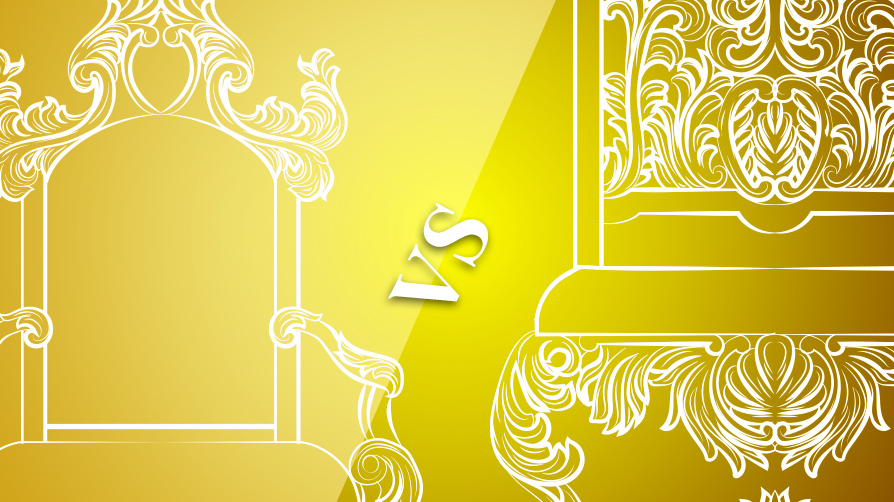



This truth devastates the notion of Premillennialism, which has Christ ruling at some future time. No one is outside the sphere of Christ’s rule (Dn.7:13-14). Notice that Christ took the ruler’s seat at His ascension and that His rule extends to all people, places, and times. As noted earlier, Paul told the Ephesians that Christ was “seated” at God’s right hand, “far above all principality and power and might and dominion, and every name that is named, not only in this age but also in that which is to come” (Ep.1:20-23). Obedient faith applies His atoning blood to me (Mk.16:16 Ga.3:26-27 Col.2:11-12). But don’t forget: we access His mercy seat “through faith” (Rm.3:25). The Hebrew writer said it like this: “But Christ came as High Priest of the good things to come, with the greater and more perfect tabernacle not made with hands, that is, not of this creation. Not with the blood of goats and calves, but with His own blood He entered the Most Holy Place once for all, having obtained eternal redemption” (Hb.9:11-12). According to Paul, CHRIST is our “mercy seat” – His blood was shed, and mercy is offered to man. When that atoning blood was offered, mercy was extended (hence, the name, “mercy seat”). The High Priest would enter the Holy place on the Day of Atonement, and sprinkle blood on the mercy seat (cf. Romans 3:24-25 says that we are “being justified freely by His grace through the redemption that is in Christ Jesus, whom God set forth as a propitiation (literally, a mercy seat) by His blood, through faith.” The idea of “the mercy seat” comes from the Old Testament. Second, there is the mercy seat (Priest). As His disciples, we must “hear” Him (cf. The Hebrew writer expands on this, by saying that Jesus came and taught us personally, and through His chosen apostles (cf. We see that one of the seats of Jesus is “the teacher’s seat.” He is our “Master” (Teacher), and we are His “disciples” (students). In Luke 4:16-22, when Jesus came to Nazareth, the Bible says, “He went into the synagogue on the Sabbath day, and stood up to read.”After reading a section from Isaiah, “He closed the book, and gave it back to the attendant and sat down… And He began to say to them, ‘Today this Scripture is fulfilled in your hearing.’” Notice that when Jesus began to teach, He assumed the sitting position, as customary in that time. I want to look at the throne or “seat” of Jesus from four perspectives hence, the four “seats” of Jesus.įirst, there is the teacher’s seat (Prophet). As King, Jesus is “seated” upon His throne. And He put all things under His feet, and gave Him to be head over all things to the church, which is His body, the fullness of Him who fills all in all” (Ep.1:20-23). Ephesians 1 speaks of the coronation of Jesus as King, which took place when the Father, “raised Him from the dead and seated Him at His right hand in the heavenly places, far above all principality and power and might and dominion, and every name that is named, not only in this age but also in that which is to come.


 0 kommentar(er)
0 kommentar(er)
